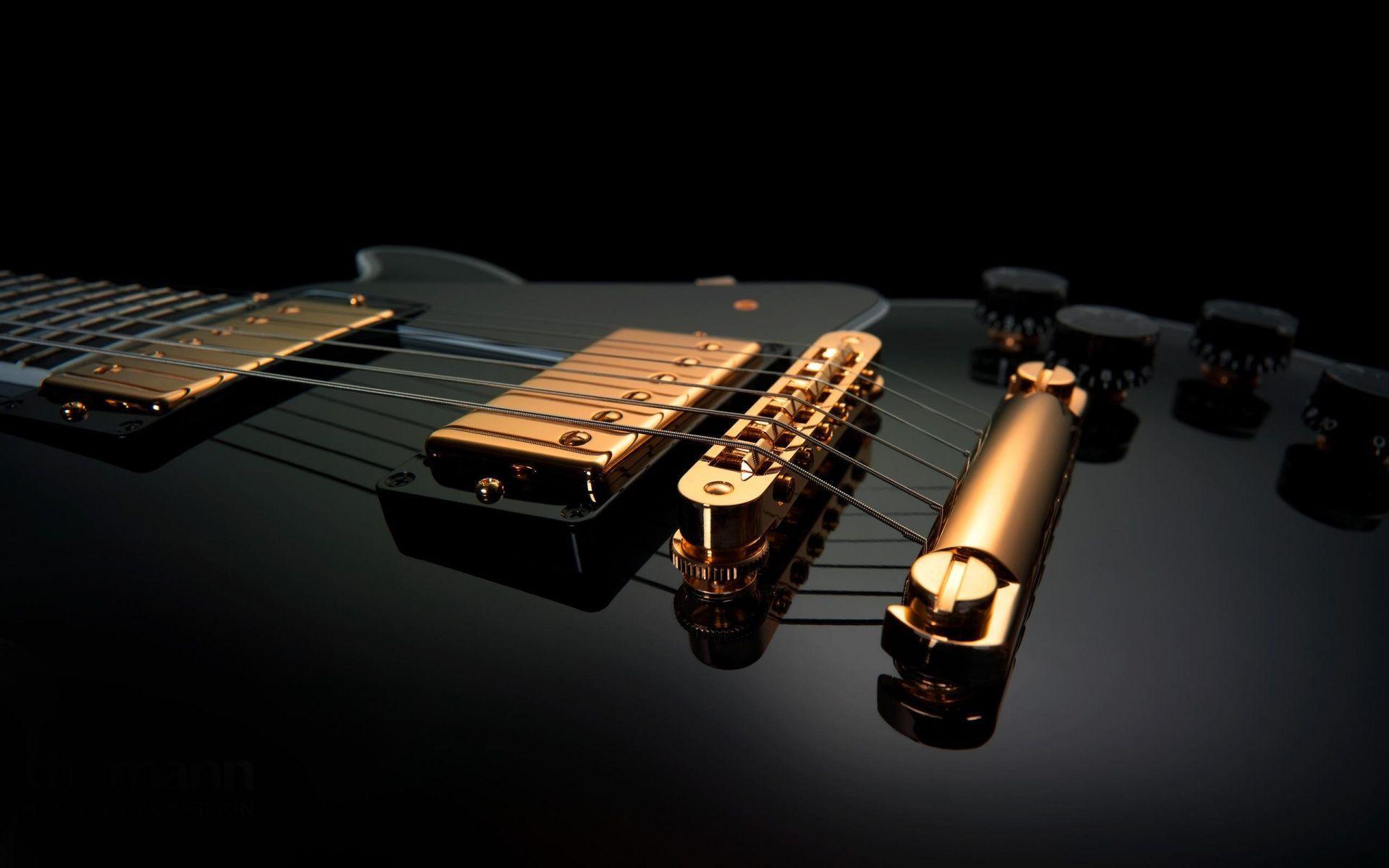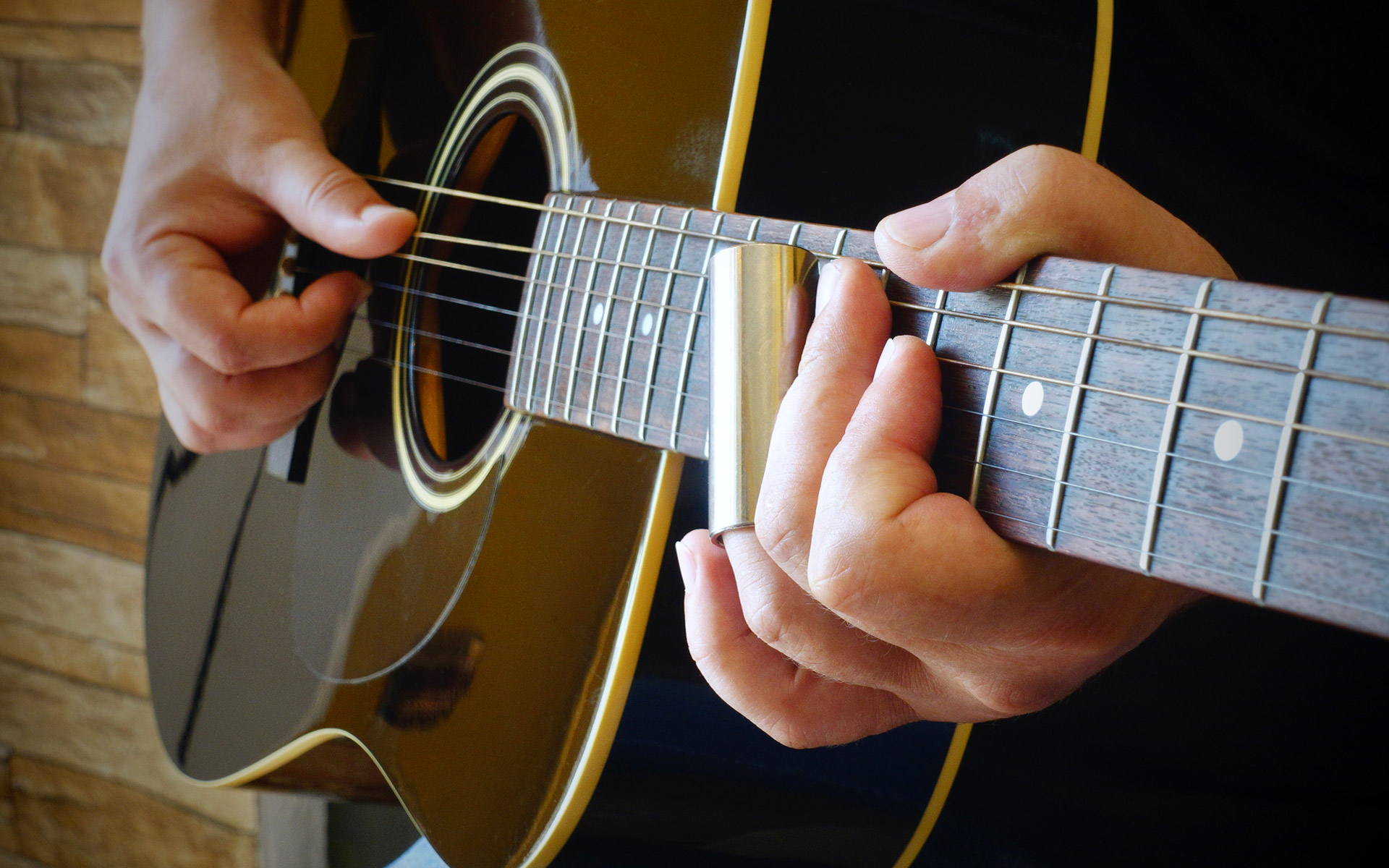
History of The Guitar
The guitar is a fretted musical instrument that typically has six strings. It is held flat against the
player's body and played by strumming or plucking the strings with the dominant hand, while
simultaneously
pressing selected strings against frets with the fingers of the opposite hand. A plectrum or individual
finger picks may be used to strike the strings. The sound of the guitar is projected either
acoustically, by
means of a resonant chamber on the instrument, or amplified by an electronic pickup and an amplifier.

The guitar is classified as a chordophone – meaning the sound is produced by a vibrating string
stretched
between two fixed points. Historically, a guitar was constructed from wood with its strings made of
catgut.
Steel guitar strings were introduced near the end of the nineteenth century in the United States;[1]
nylon
strings came in the 1940s.[1] The guitar's ancestors include the gittern, the vihuela, the four-course
Renaissance guitar, and the five-course baroque guitar, all of which contributed to the development of
the
modern six-string instrument.
There are three main types of modern guitar: the classical guitar (Spanish guitar/nylon-string guitar);
the
steel-string acoustic guitar or electric guitar; and the Hawaiian guitar (played across the player's
lap).
Traditional acoustic guitars include the flat top guitar (typically with a large sound hole) or an
archtop
guitar, which is sometimes called a "jazz guitar". The tone of an acoustic guitar is produced by the
strings' vibration, amplified by the hollow body of the guitar, which acts as a resonating chamber. The
classical Spanish guitar is often played as a solo instrument using a comprehensive fingerstyle
technique
where each string is plucked individually by the player's fingers, as opposed to being strummed. The
term
"finger-picking" can also refer to a specific tradition of folk, blues, bluegrass, and country guitar
playing in the United States.